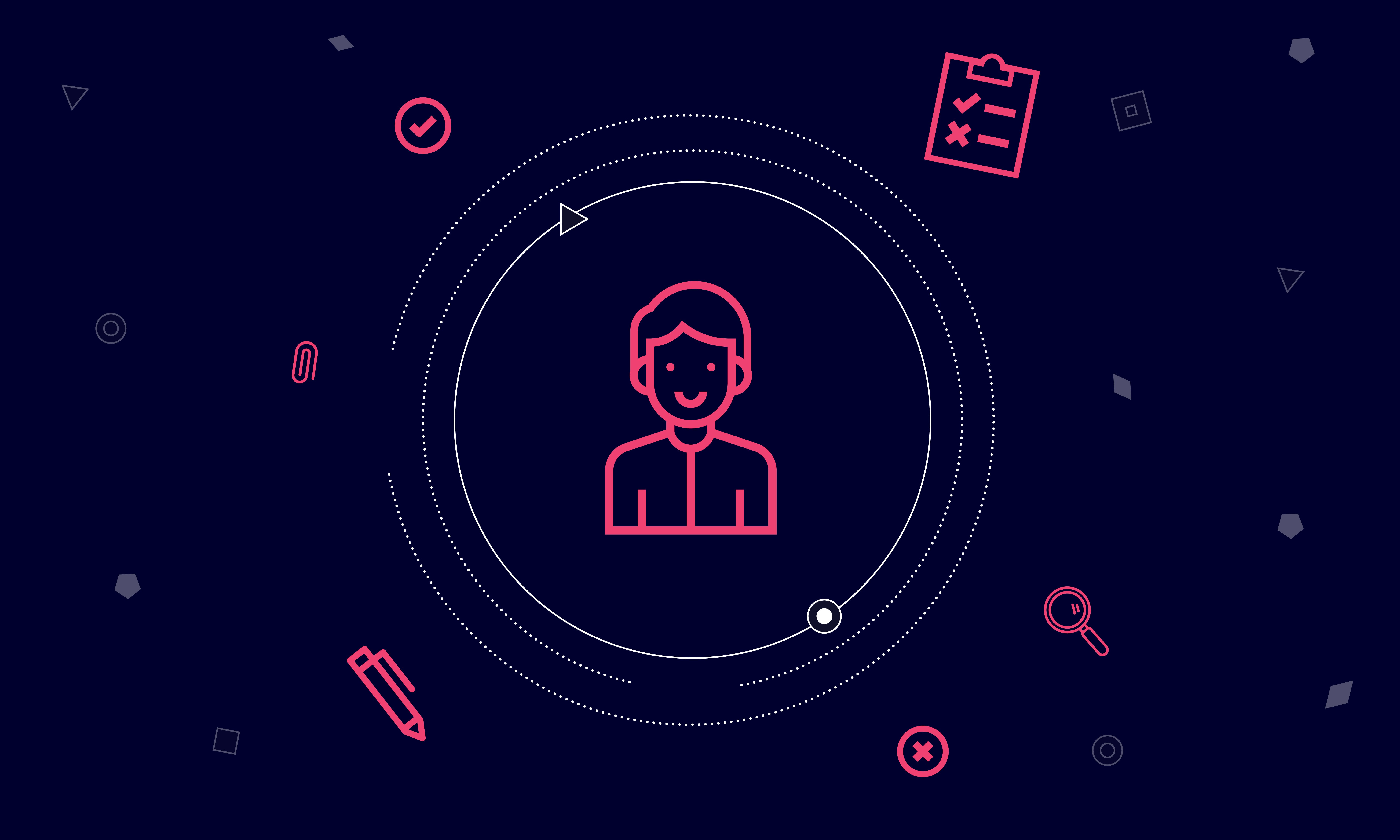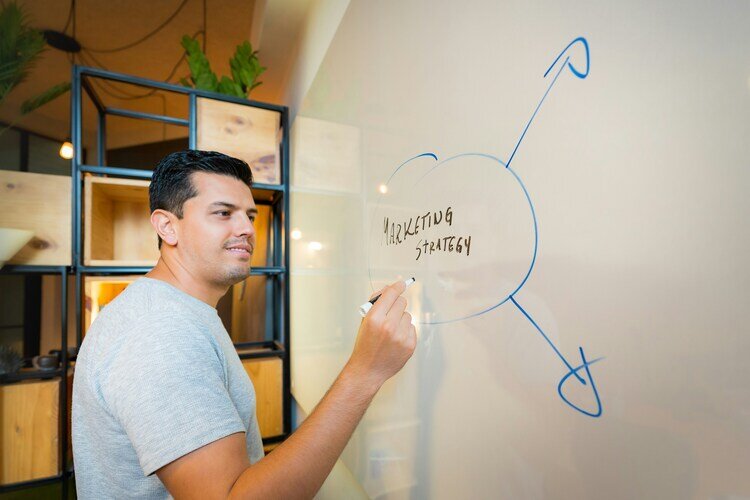5 Ways to Unleash the Power of Customer Data in the Energy Sector
by Relay42 on 1.2.2021

TABLE OF CONTENTS
- Why utilities and energy providers are in a prime position
- Move away from call center culture
- Unify your data and create a 360-degree view of the customer
- Answer the demand for omnichannel
- Identify and engage potential switchers
- Automate Lead Qualification
- Turn your data into meaningful relationships
WHY UTILITIES AND ENERGY PROVIDERS ARE IN A PRIME POSITION
SHIFTING ENERGY MARKET
As our climate changes and new technologies develop, the utilities and energy sectors are realizing they have their work cut out for them. Our global society is quickly moving away from fossil fuels toward renewable energy, and energy as a product is changing fundamentally.
But the shift in the energy market is about more than switching to solar panels and smart thermostats. It’s about the new way that consumers are interacting with brands. It’s about moving away from call centers because millennials don’t want to pick up the phone. It’s about hyper-personalized digital marketing campaigns and omnichannel communication.
The shifting energy market is about energy brands learning how to best serve customers online while offering an unforgettable experience that increases loyalty and decreases churn.
CHALLENGER BRANDS
In the flux of this evolving marketplace new challenger brands are gaining momentum. These brands provide fierce competition because they are creating their business models based on current trends and with the latest technologies. They are modern and attractive, particularly to younger generations.
This may sound like a threat rather than a boon, and for some it is. However, challenger brands also create new opportunities for established corporations. Their innovative approach helps raise the bar in the industry, and for those who are watching carefully, it provides an excellent source of inspiration.
OFFERING THE VALUE CONSUMERS REALLY WANT
Yes, these smaller, younger companies are more agile, but they don’t have an established customer base. It costs more to acquire new customers than to retain the ones you have, so if established brands can keep pace with innovation and continue to modernize their customer journey, they need not feel threatened.
On the same token, challenger brands also have an opportunity. It’s never been so easy to switch providers, and consumers are becoming increasingly focused on values over, well, value. For instance, taking an environmentally friendly approach to your brand and offering prospects the ability to make a difference through their spending will take you a long way. Of course, that’s not to say money doesn’t talk — top challenger brands are competing on value in creative ways, e.g. offering customers money back when they use less energy. It’s about value and values.
And then there’s the one thing that all of the top brands are doing — whether they’re new challengers or established corporations — which is winning over customers by answering the call for helpful, hyper-personalized service.
CUSTOMER DATA: THE KEY TO COMING OUT ON TOP
The needs and desires of energy customers that were a mystery for so long are no longer a secret. Energy businesses now have the insights they always wanted in the form of first-party data. And this is where established brands have an advantage: they have the most data.
This valuable customer data is provided directly from customers and includes everything from their personal details to their behavior on your website and their interactions with your content across channels. With the right approach, it can be leveraged personalize and improve the customer journey, enabling businesses are able to build relationships with individual customers in a way they never before thought possible.
In the pages ahead, you will find 5 concrete steps that utilities and energy businesses can take this year to unleash the power of customer data and forge a lasting place for themselves in the new landscape.
1. MOVE AWAY FROM CALL CENTER CULTURE
The energy sector has always relied heavily on call centers to sell contracts, upsell and cross-sell to current customers, and provide assistance. The reality today, however, is that younger generations don’t want to get on the phone, and many traditional energy providers aren’t shifting to fully digital service fast enough.
“We see a lot of inside-out metrics going on in call centers,” says Tomas Salfischberger, founder of Relay42, a platform for Intelligent Journey Orchestration. “And in many ways, it makes sense. If someone has been in touch with your call center, of course you want to know if they were helped, and the easiest way to do that is to ask them to rate the call center interaction.”
AVOIDING DEATH BY DATA
However, if you ask Tomas, this is the wrong KPI. “It’s death by data; you’re asking the wrong question in journey terms. The question shouldn’t be if the customer was happy with the call center interaction. It should be ‘what did we get wrong in their journey that they had to call the call center in the first place?’”
- What did we get wrong?
- How could we have solved it by improving the customer’s journey?
- Should we have offered something proactively?
- Is our website missing key information that would have saved the customer the hassle of calling?
- These are the questions people in your organization should be asking about every call that comes into your call center.
CALIBRATING KPIS FOR CUSTOMER-CENTRICITY
Call center interaction surveys (however well-intended they may be) are actively anti-customer-centric. Remember, the customer just had to go out of their way to call because they couldn’t get the help they needed online, and now they’re being asked to take more time and effort to tell the company whether it’s doing a good job. Set up internal checks to rate the calls rather than burdening customers unnecessarily.
Instead, replace this KPI with one that tracks the number of people who called your call center after using digital channels. Dive into the journeys these individuals had and look at places where the journey isn’t smooth and forces customers to get on the phone. It will reduce costs for you and improve their overall customer experience.

2. UNIFY YOUR DATA AND CREATE A 360-DEGREE VIEW OF THE CUSTOMER
Energy customers find you and your services through a wide range of channels, from your own website and advertisements to price comparison websites and social media. Throughout their lifetime as your customer, they also interact with your company through many different channels — telephone, email, social media, perhaps even the chatbot on your website.
TACKLING SILOED DATA
In order to acquire and retain happy customers, the burden is on you to know what each individual wants so you can offer the right service at the best time and place.
 This is a challenge when your customer data is spread across channels and teams. No one in your business has the whole picture. Besides being inefficient, siloed data creates far greater damage because each department and team is only addressing the needs and preferences indicated in the channel they own.
This is a challenge when your customer data is spread across channels and teams. No one in your business has the whole picture. Besides being inefficient, siloed data creates far greater damage because each department and team is only addressing the needs and preferences indicated in the channel they own.
Your email marketer might be planning campaigns and email blasts based on past opens and clicks, totally unaware that they are sending content to someone who has already engaged with that content on your website.
Or perhaps your customer gets in touch with your call center after being unable to find the information they need on your website, and the call center agent requires an already frustrated customer to repeat the whole story, rather than simply accessing a single record, understanding what they need — and knowing how to provide it right away.
This is why the first and most vital step toward unleashing the power of your customer data is to connect your data from across all channels in real time. A single source of truth for all of your customer data from all of your channels should include data from: email, display, social advertising, search advertising, website, direct mail, outbound communications and call center.

CONNECTING THE DOTS
By unifying customer data from all channels, energy providers put themselves in the perfect position to offer each customer the right message in the right place, at the right time. There are many types of platforms out there that offer this, from Data Management Platforms (DMPs) to Customer Data Platforms (CDPs) and beyond.
Whether you already have one or both of these, or are just starting out with data unification, it’s important to look at your technology in terms of use cases. What do you want to achieve by unifying your data? The answers to this question should always take the lead when evaluating software solutions. As you reevaluate your market and your needs, you will probably find that it’s necessary to adjust your tech stack as time goes on.
3. ANSWER THE DEMAND FOR OMNICHANNEL
 Maroue Khazai is the Lead of Marketing Automation in the NBA (Next Best Action) team at Eneco, a leading Dutch energy provider. She and her team focus almost exclusively on transforming their customer data into relevant, personal and perfectly timed customer journeys. For the NBA team, creating the best journeys started naturally with connecting their channels. After that, the focus moved to orchestrating relevant, personalized journeys across those channels.
Maroue Khazai is the Lead of Marketing Automation in the NBA (Next Best Action) team at Eneco, a leading Dutch energy provider. She and her team focus almost exclusively on transforming their customer data into relevant, personal and perfectly timed customer journeys. For the NBA team, creating the best journeys started naturally with connecting their channels. After that, the focus moved to orchestrating relevant, personalized journeys across those channels.
It’s the natural progression from unifying customer data from across channels, and it’s where a lot of businesses get stuck. You’ve collected the data; you’ve organized the data; but how do you actually activate the data?
1-TO-1 MARKETING IN REAL TIME: ORCHESTRATING JOURNEYS ACROSS CHANNELS
Eneco used to send most of their offers in bulk, all at once and via a single channel. Today, with the help of the Relay42 platform they are activating their customer data in real time. This allows them to automate tailored messages, advice and offers, and ensure the personalized message arrives at the precise moment when their customers are interested in an energy service.
Introducing a new way of marketing has allowed Eneco to follow up directly with customers showing buying intent online, which has led directly to a 300% higher conversion rate. By streamlining their campaign processes, they’ve also drastically reduced costs.
4. IDENTIFY AND ENGAGE POTENTIAL SWITCHERS
Digitization has made it easier to reach out to new and current customers. On the flip side, it has also made it easier for customers to switch providers if they’re unhappy or are enticed with a better offer.

There are usually plenty of signs a customer is disengaged or even unhappy with a service; and having all that data in one place makes it easier to find the pattern behind the behavior, anticipate it, and address it before the customer has made up their mind.
TAKING A TIP FROM TELCOS
The telco industry struggles with churn in a very similar way to the utilities and energy market. Watch this customer journey video to learn more about how to unlock first-party data to reduce churn and increase customer happiness.
5. AUTOMATE LEAD QUALIFICATION
Being able to fully unify customer data, activate it, and then orchestrate personalized omnichannel journeys puts an expanse of use cases at your fingertips. If you can imagine it, you can orchestrate it.
Besides making life easier for your customers, personalized omnichannel journeys make life easier for you and your colleagues. If you’re able to set up smart, living journeys, you’ll go much further than you ever would in dealing with channels and their data in isolation.
Of course, we suggest starting small and building up from there — low-cost, low-effort quick wins are the way to go. When Nuon/Vattenfall — another major European energy provider — got to this stage, they put together a fantastic use case to streamline lead qualification:
The team started by dividing the customer journey into three different phases and then assigning a certain number of points to different possible interactions in each phase.
This journey effectively responds to their customers’ needs in real time and gently encourages them to upgrade to solar panels. It creates many opportunities to assess whether this is a relevant offer for the customer, which helps Nuon/Vattenfall take a consistently customer-centric approach to their marketing.
In the infographic below you can see one of the customer journeys that came from this process:
TURN YOUR DATA INTO MEANINGFUL RELATIONSHIPS
As the climate continues to change and consumer demand evolves alongside the digital revolution, utilities and energy providers are under pressure to modernize their offering — and their customer experience.
Rather than a death sentence, however, these changes actually provide a fresh canvas for real change and progress. And customer data is the key.
The customer data boom has brought with it the tools to take on the shifting energy market and rise above new challenger brands. Now is the time to unleash your customer data and free your customers from the bonds of cookie-cutter campaigns.
You May Also Like
These Related Stories

The Ultimate Customer-Centricity Model

Change These 3 KPIs for a More Customer-Centric Organization



.png?width=786&height=265&name=Relay42%20Demo%20Banner%20(1).png)